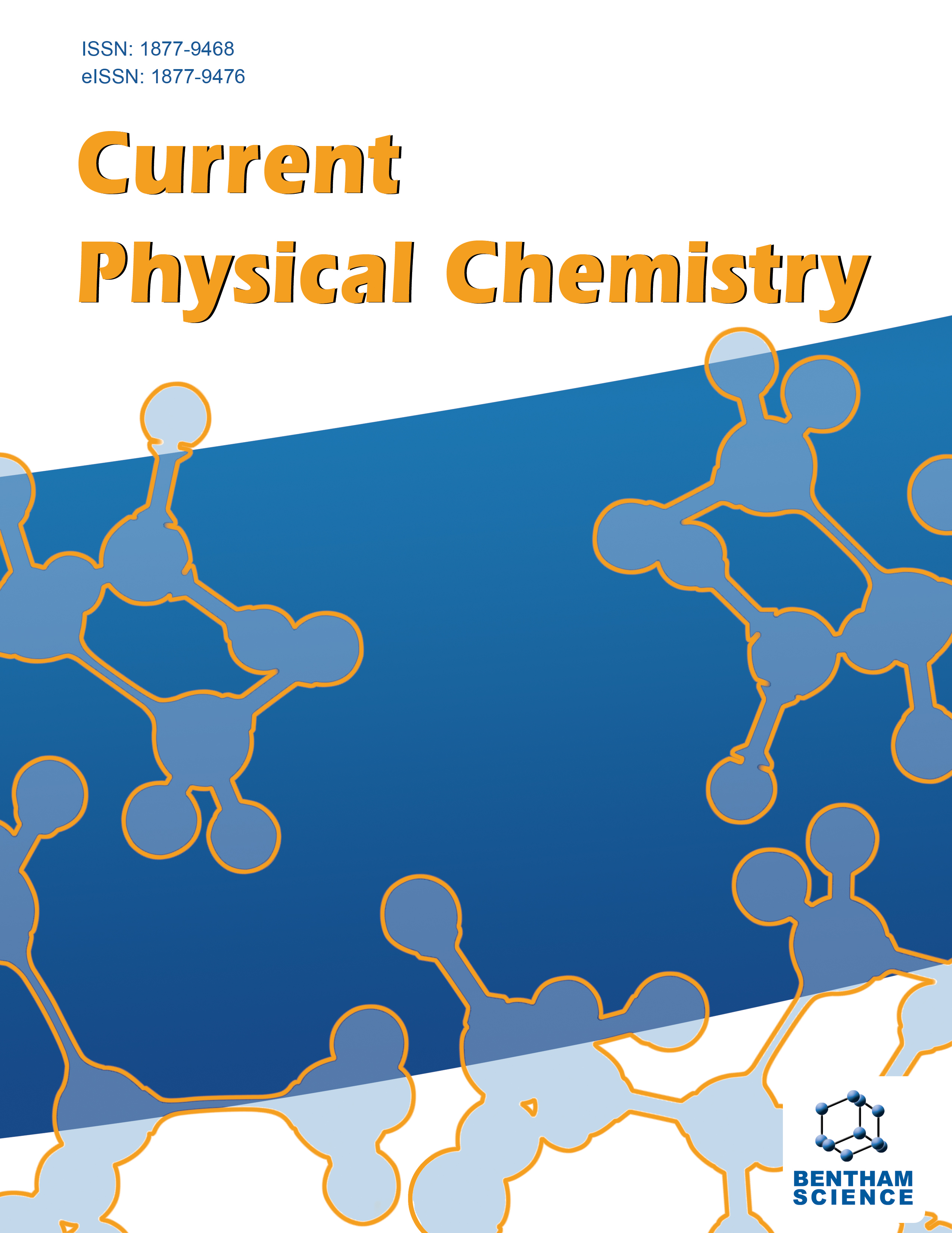- Home
- A-Z Publications
- Current Physical Chemistry
- Previous Issues
- Volume 7, Issue 1, 2017
Current Physical Chemistry - Volume 7, Issue 1, 2017
Volume 7, Issue 1, 2017
-
-
Applying Semi-Empirical Quantum Harmonic Calculations for Studying the Atomic Kinetic Energies in Hydrogen Bonded Systems
More LessAuthors: Y. Finkelstein and R. MorehThe use of the semi empirical (SE) quantum harmonic approach for calculating the proton's mean kinetic energy, Ke(H), of systems containing hydrogen bonds (HB), is reviewed. The value of Ke(H) provides very interesting information on the proton dynamics, anharmonicity, and quantum effects. This method uses the IR/Raman and inelastic neutron scattering frequencies of the system as input data and assumes the harm Read More
-
-
-
LiMnPO4 Nanoplates with In-Situ Growth of a sp2-Carbon Surface Layer from a Liquid Precursor, Phase Stability, and Tailored Impedance Properties
More LessAuthors: S. K. Sharma, T. Majumder, M. Dewan and S. RamBackground: Olivine structured LiMnPO4 is a pioneering energy-storage material of Li+-ion batteries. Its synthesis in a shape of small plates (large free-surfaces) bonding over a C-sp2 surface layer is demanded in harvesting its functional properties. Objective: In situ synthesis of grafted LiMnPO4 of nanopaltes with a C-sp2& surface layer, with tailored impedance properties. Method: A simple hydrothermal reaction is expl Read More
-
-
-
Improvement of the Optoelectronic Properties of Organic Molecules for Nanoelectronics and Solar Cells Applications: via DFT-B3LYP Investigations
More LessAuthors: Fouad Nimr Ajeel, Alaa Mohsin Khuodhair and Samir Mahdi AbdulAlmohsinBackground: The organic molecules represent one of the most active classes of compounds, and they have been widely used as active materials for important applications. In this study, the organic molecules and their derivatives with electron withdrawing groups in different positions were investigated to elucidate the influence of substituted groups on electronic and optical properties. Objective: In order to guide the synthe Read More
-
-
-
The Voltammetric Determination of Bisphenol A Content of Polycarbonate Utensils Using a Resin Modified Carbon Paste Electrode
More LessAuthors: Gulcemal Yildiz, Seda Ikikardesler, Fatih Bildik and Filiz SenkalBisphenol A (BPA) is a monomer that is used in the production of polycarbonate plastics. Polycarbonate plastics are used to manufacture a lot of common consumer goods, including eating utensils. The voltammetric behavior of BPA has been investigated using a modified carbon paste electrode in a Britton–Robinson (BR) buffer. A rapid quantitative determination of BPA in polycarbonate products due to an incomplete p Read More
-
-
-
Cloud Point Extraction of Uranyl Ions Using TX-100 with N-butyl N’-Triethoxy Methyl Imidazolium/D2EHPA-H Ionic Liquid in Acetate Media
More LessAuthors: Sanaa Naït-Tahar and Mohamed Amine DidiCloud point extraction (CPE) was used to extract uranium (VI) from an aqueous solution in acetate media. The methodology used is based on the formation of uranyl-ionic liquid (I) complexes and uranyl-D2EHPA soluble in a micellar phase of non-ionic surfactant (Triton X-100). The uranium (VI) complexes are then extracted into the surfactant-rich phase at ambient temperature. The ionic liquid (IL) used as a chelating agent was Read More
-
-
-
Palladium(II) Catalyzed Oxidation of Glycine by Ferricyanide in Acid Medium: Kinetics and Mechanism
More LessGlycine (Gly) is one of the amino acids, commonly found in proteins, coded by codons GGU, GGC, GGA and GGG. Glycine is the unique non-optically active amino acid. The Gly-ferricyanide reaction catalyzed by Pd(II), under pseudo-first-order conditions, has been spectrophotometrically monitored at the ferricyanide λmax of 303 nm at constant temperature. The experimental rate law for the reaction is: rate = kı [Fe(CN) Read More
-
-
-
Effect of the External Electric Field on the Structure and Reactivity of Model Complex Lipids
More LessAuthors: Jozef Mazurkiewicz, Henryk Koloczek and Piotr TomasikBackground: The study of the effect of external electric field on the structure and reactivity of fatty acids and their glycerides is now extended to selected derived lipids. Objectives: The present study involves computations of changes in energy and dipole moments, charge density and bond lengths of β-carotene (a carotenoid), cholesterol (a sterol), sphingosine and ceramide (sphingolipids) and phosphatidylcholine (a phosph Read More
-
Most Read This Month
Article
content/journals/cpc
Journal
10
5
false
en


